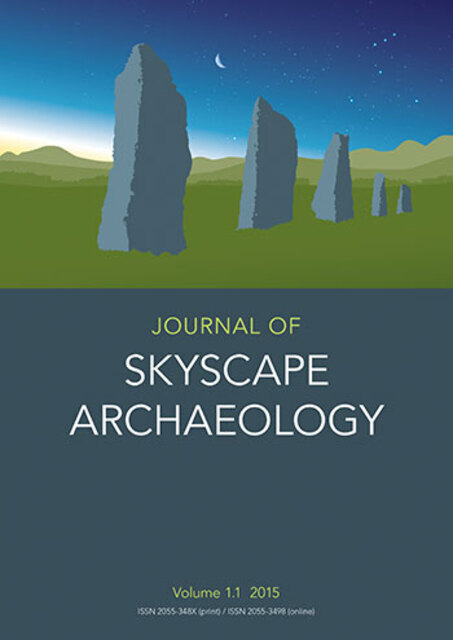On the Orientation of Historic Christian Churches of Fuerteventura: Conciliating Tradition, Winds and Topography

Full description
We present the results of an analysis of the precise spatial orientation of colonial Christian churches located in the Canary Island of Fuerteventura (Spain). Our sample consists of 48 churches, most built during the period between the Castilian conquest led by the Norman Jean de Béthencourt in the early fifteenth century and the end of the nineteenth century. While most of the religious constructions in the sample have their main axes oriented within the solar range, in accordance with tradition, the statistical analysis also reveals the presence of two groups of churches that diverge from due east. For the first group, mainly composed of churches located in the central part of the island, an anomalous tendency of orientation towards a declination of c. ?14° was detected. We provide four possible explanations for this: (1) orientation to coincide with sunrise on the date of a traditional Canarian celebration; (2) the influence of topography; (3) sunset orientations; and (4), more controversially, a “bright star” orientation close to the declination of Sirius during the seventeenth century, drawing on ethnographic data. For the second group, meanwhile, we find a pattern of orientation slightly to the north of due east. We propose this might signal orientation to the rising Sun on dates close to Easter Sunday.
- typeImage
- created on
- file formatjpeg
- file size33 KB
- container titleJournal of Skyscape Archaeology
- creatorMaría Florencia Muratore, et al
- issn(Online): 2055-3498
- issue9.1
- publisherEquinox Publishing Ltd.
- publisher placeSheffield, United Kingdom
- rights holderEquinox Publishing Ltd.
- doi
We use cookies to analyze our traffic. Please decide if you are willing to accept cookies from our website. You can change this setting anytime in Privacy Settings.
